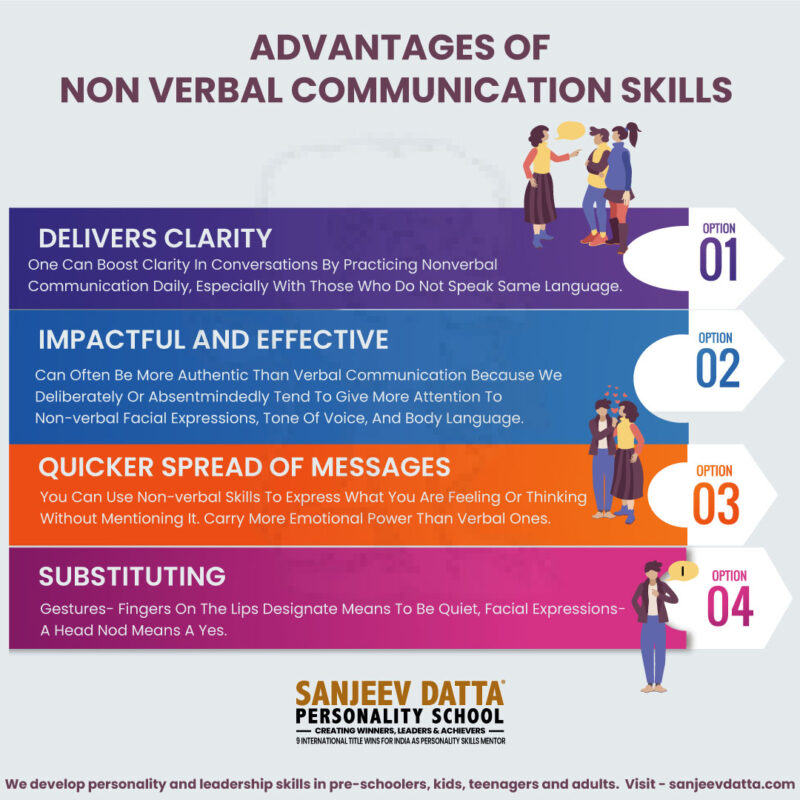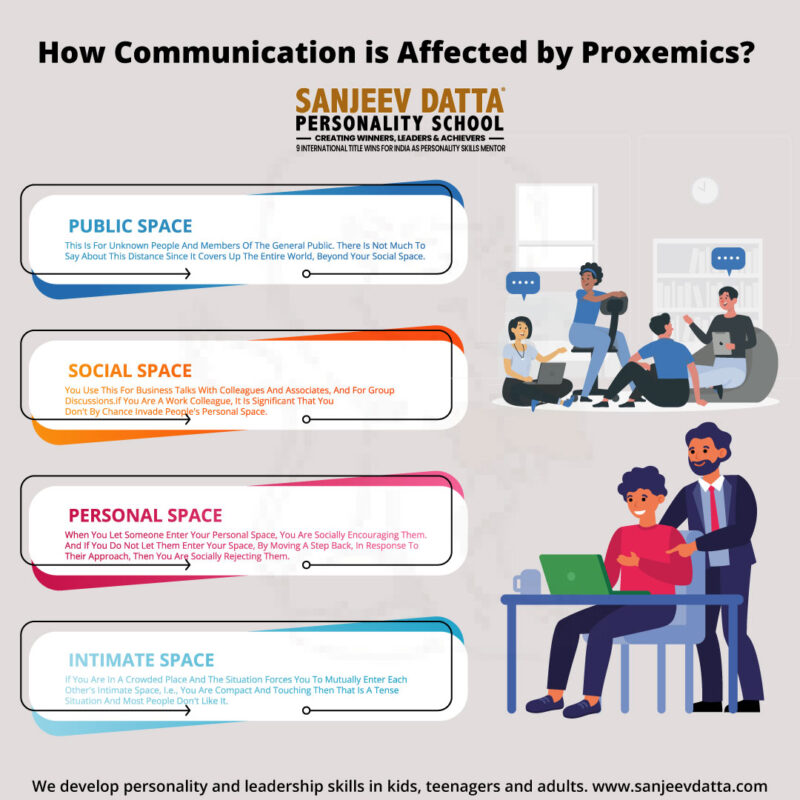The exchange of information or ideas via spoken words is verbal communication. It is one of the most prevalent types of communication, and it plays an essential part in regular relationships with people. There are many distinct types of verbal communication, each of which has its distinguishing qualities and applications.
Types of Verbal Communication
- Intrapersonal communication:

This mode of vocal communication takes place entirely inside the participant’s head. This process includes self-talk, inner conversation, and mental rehearsing. Regarding self-awareness, motivation, and the ability to make decisions, intrapersonal communication is significant. An example of intrapersonal communication would be having a conversation with yourself when you are studying for a test or preparing for a meeting. During this conversation, you may give yourself directions or try to motivate yourself.
2. Interpersonal communication:

This is a form of verbal communication that takes place between two or more individuals. Conversations in person, over the phone, and over video chat all fall under this category. The establishment and maintenance of relationships, the resolution of disputes, and the accomplishment of goals all depend on effective interpersonal communication. During a face-to-face chat with a friend, for instance, you may talk about the things you have planned for the weekend, express your thoughts and feelings about a recent occurrence, or attempt to resolve a conflict between you. This whole thing is an illustration of communication between individuals. To have effective interpersonal communication, one must improve their personality development skills as well.
3. Small Group Communication:

This kind of verbal communication occurs among a very small number of individuals, such as those who make up a family, team, or committee. Communication within a smaller group is essential to the processes of decision-making, problem-solving, and the accomplishment of group goals. For instance, during a team meeting, team members may debate a project plan, assign tasks, and offer comments on one another’s performance. All of these activities could take place simultaneously. This is an example of communication in a small group setting.

4. Public communication:

This form of verbal communication occurs when a speaker addresses a big audience, such as in a speech, lecture, or presentation. Other examples of this sort of verbal communication are public speaking and interviewing. Communication in the public sphere is essential for not just informing but also convincing others, and it may also be used to enlighten and motivate an audience. For instance, a motivational speaker may deliver a talk in front of a big audience, recounting their own life experience and providing pointers on how others might attain success. This is an example of communication in the public sphere.
Visit: importance of haptics in communication
5. Written communication:

This method of verbal communication involves conveying information or ideas via the use of written words. Emails, text messages, letters, and reports are all forms of written communication. Other examples include. Written communication is essential for several reasons, including maintaining a record of significant information, providing specific instructions, and preserving data for later use. A manager may email an employee explaining a new project and its deadline as an example of written communication. This email might be sent from the manager to the employee.
6. Oral communication:

Words uttered are used in this sort of verbal communication to communicate either information or thoughts. Conversations that take place face-to-face, over the phone, and in presenting settings are all forms of oral communication. Building connections, settling problems, and exchanging information are vital for effective oral communication. Verbal communication might include, for instance, a consumer calling a customer care agent to settle a problem through a phone call; this would be an example of oral communication. As a Miss India Guru, Sanjeev Datta recommends you to work on your oral communication.
7. Persuasive communication:

This form of verbal communication aims to convince or persuade others to do a particular action or adopt a particular point of view. Communications such as advertisements, political speeches, and sales presentations are all examples of persuasive communication. Communication skills are essential in persuading people to support a cause, purchase a product, or carry out a specific activity. One example of persuasive communication might be a television commercial promoting the purchase of a brand-new automobile. To become better at persuasion, consider undertaking a good personality development course.
8. Communication through a middleman:

The use of technology in this kind of vocal communication facilitates the exchange of information or ideas. Text messages, emails, and online chats are all forms of communication that are examples of mediated communication. When direct engagement with other people is not feasible, it is necessary to rely on alternative forms of communication to maintain connections with others. A video conference call between coworkers who are physically located in separate places is one type of mediated communication.

9. Cultural communication:

Verbal communication of this sort takes into account cultural differences as well as the myriad ways in which people express themselves verbally. Language, rituals, and social standards are all forms of communication that may be considered examples of culture. It is essential to have effective cultural communication to comprehend and value the various modes of expression utilized by people of various cultural backgrounds. For instance, if you were to have a business meeting with a Japanese corporation, you would need to be familiar with the conventions and manners of Japanese business communication and adhere to them.
Visit: characteristics of good communication
To summarize
Verbal communication is an essential component of all forms of human connection and plays an important part in our day-to-day lives. Many diverse goals may be accomplished via various types of verbal communication, including self-expression, the exchange of knowledge, and the establishment of relationships. If we want to attain our goals and communicate more effectively, it will assist if we have a solid understanding of the many forms of verbal communication.
Why Sanjeev Datta Personality School?
- INTERVIEW TRAINING
- Leadership
- Presentation Training
- Social Boldness
- Dressing Etiquette
- Office Etiquette
- Communication Skills
- English Speaking
- Anger Management
- Time Management
- Team Building
- Performance Enhancer
- Soft Skills
- Goal Setting
- Career Counselling
- Student Subject Choice Counselling
- Listening Skills
- Video Presentation
- Meditation
For more details, contact us now!


